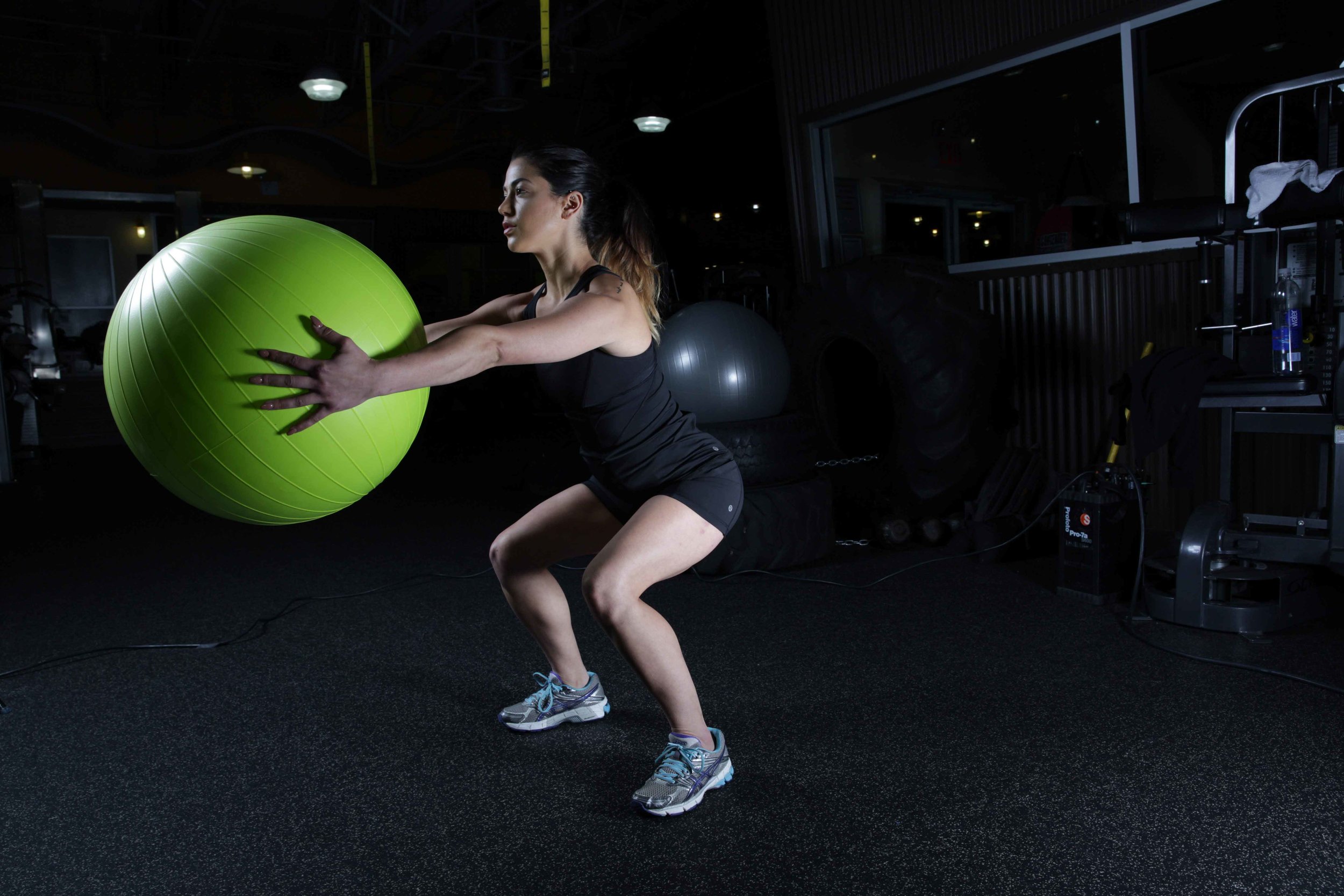
Brooklyn Physical Therapy News- Evolve NY
What is the Rotator Cuff and What Does It Do?
What is the rotator cuff?
The rotator cuff is the name given to the group of 4 muscles that originate from different positions on the shoulder blade and connect to the humerus (upper arm). These muscles all work together to ensure stability of the shoulder joint during movement (dynamic stability). When isolated, each of these muscles acts on the humerus and moves the shoulder joint in different directions…
By Nick Mazzone, PT, DPT, CSCS
What is the rotator cuff?
The rotator cuff is the name given to the group of 4 muscles that originate from different positions on the shoulder blade and connect to the humerus (upper arm). These muscles all work together to ensure stability of the shoulder joint during movement (dynamic stability). When isolated, each of these muscles acts on the humerus and moves the shoulder joint in different directions. These muscles are named supraspinatus, infraspinatus, teres minor, and subscapularis.
Why do we need this dynamic stability?
As we move the arm, these rotator cuff muscles will contract together to help keep the humerus centered nicely inside the cup of the shoulder joint (think ball and socket). If there is an asymmetry in strength among these muscles, the positioning of the shoulder inside the socket may be altered while you move your arm. Over time, this can cause irritation of other tendons, ligaments, and bone in the shoulder region. Some of the common diagnoses associated with rotator cuff muscle weakness are shoulder impingement syndrome and non-traumatic rotator cuff tears.
What happens if the rotator cuff is torn?
The most commonly torn rotator cuff muscle is the supraspinatus. People with supraspinatus tears typically have trouble elevating the arm and may exhibit a compensatory shrugging of the shoulder in order to assist in raising the arm.
If a partial tear is present, the muscle and tendon have the ability to heal without surgical intervention. In order for proper healing to occur, we must provide an ideal environment for the muscle and tendon to recover. This would include intervention aimed at decompressing the region where the muscle attaches to the humerus, which would be achieved through range of motion exercise and strengthening of all 4 rotator cuff muscles to help produce more efficient movement of the shoulder (to put it briefly).
If a complete tear is present, there are two options that one may follow. The non-surgical route would include strengthening other muscles around the shoulder joint that will help to compensate and act as a substitute for the torn rotator cuff muscle. Fortunately, the shoulder joint was designed to be able to withstand this type of injury and with the right rehab protocol, may return to normal functioning. In cases where this method does not help, surgical intervention is typically indicated. After surgery, patients will be sent to a physical therapist in order to help them return to their prior level of functioning.
What does physical therapy typically consist of for rotator cuff injuries?
The plan of care will consist of manual stretching and soft tissue mobilization of tense muscles, specific strength and stability exercise to improve the function of the shoulder, range of motion exercises to help normalize joint movement, and movement re-education to ensure pain-free use of the arm.
Click here to find out more information about physical therapy for rotator cuff injuries
Check out this brief video for 3 exercises that will strengthen the rotator cuff muscles:
Nick Mazzone received his Doctorate in Physical Therapy from Stony Brook University. He has a strong background in strength and conditioning and aims to bridge the gap between strength training and physical therapy. Nick believes that a lifestyle centered around physical fitness and mental well-being are vital to one’s successes and happiness. For this reason, he educates his patients on pain science and helps empower them and motivate them to reach their goals every day. You can find him at Evolve Physical Therapy in Mill Basin, Brooklyn. To view some of his other content, visit drnickmazzonedpt.wordpress.com.
Resources
Photo depicting widespread shoulder pain (top photo) retrieved from https://www.myanthemhealth.com/blog/shoulder-paincould-it-be-my-rotator-cuff
Photo depicting different muscles of the rotator cuff retrieved from https://www.slideshare.net/prkhuman/shoulder-impingement-syndrome-24685952
Photo depicting a rotator cuff tear retrieved from https://www.vivehealth.com/blogs/resources/rotator-cuff-tear
Photo depicting the compensatory shoulder shrug during shoulder elevation retrieved from https://healtheappointments.com/chapter-16-the-musculoskeletal-system-essays/5/






